Marija Jojić
Year of birth: 1998
Where do you live: Belgrade, Serbia
Your education: I hold a BFA in Painting from the Faculty of Fine Arts in Belgrade, where I am currently pursuing my Master’s degree.
Describe your art in three words: Introspective, feminine and honest.
Your discipline: Visual art
Website | Instagram
Your work often centers on performative femininity and identity. What first drew you to these themes?
Great question! Themes surrounding womanhood have always been important to me. At a young age, I noticed unfair expectations and inconsistencies in the way the world treats women. It imposes certain standards that make us feel as if we are constantly performing, while ridiculing us for our femininity at the same time. Even in the art world, it has always seemed to me that femininity is either undervalued or seen as unserious. Playful brushstrokes, vibrant colors, the use of pink, and similar elements are not well-received at an academy that values tradition. I felt compelled to challenge that. Throughout art history, the female nude was a central motif, yet the woman was always seen as a muse, rarely as an artist herself. We need more femininity that speaks for itself, and for that reason, I think that being a woman and an artist, and exploring self-portraiture and female figuration, is inherently a political act.
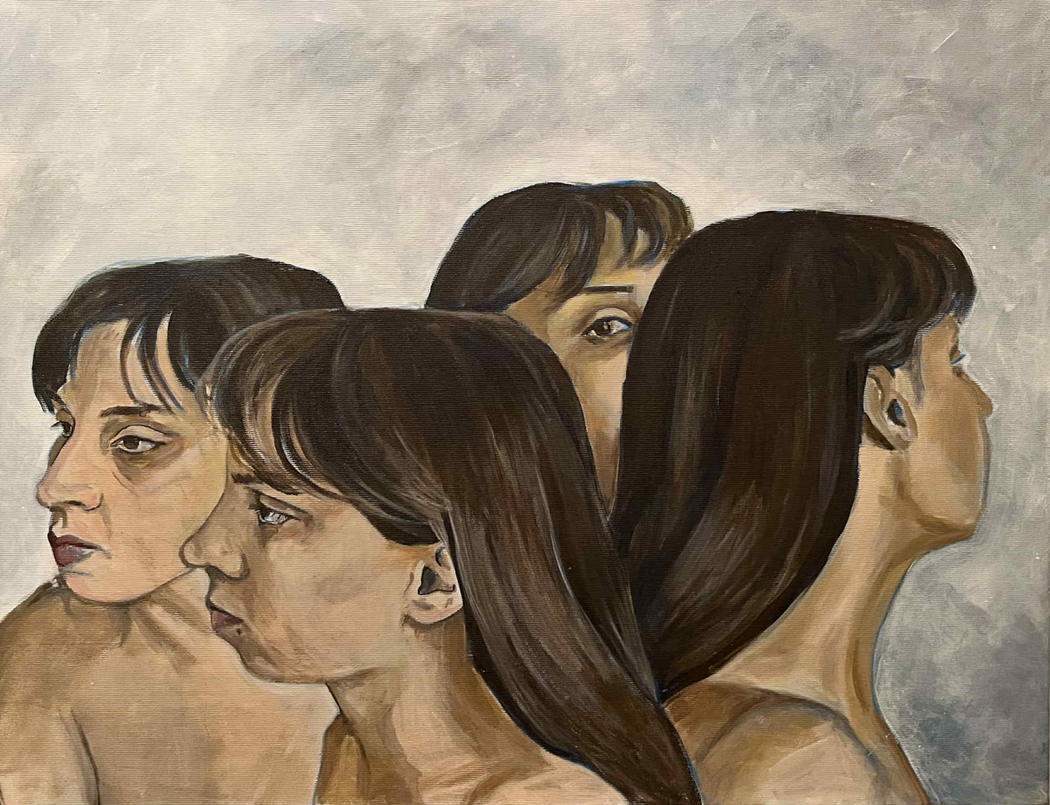
How has your personal experience of being in your 20s shaped your creative process and artistic voice?
My coming-of-age story was all about deciding what I wanted from life, making the right choices, and ultimately finding peace with myself. There was certainly a minor identity crisis of being “not a girl, not yet a woman.” I felt the need to choose the right career, the right aesthetic, and an artistic style. I pressured myself to figure out exactly what I needed to do to shape my identity in the most authentic way possible. I did a lot of self-work: reading, learning, therapy, and deeply introspective art. Now, I feel like I’m on the right path, and I’ve realized I don’t have to have all the answers.
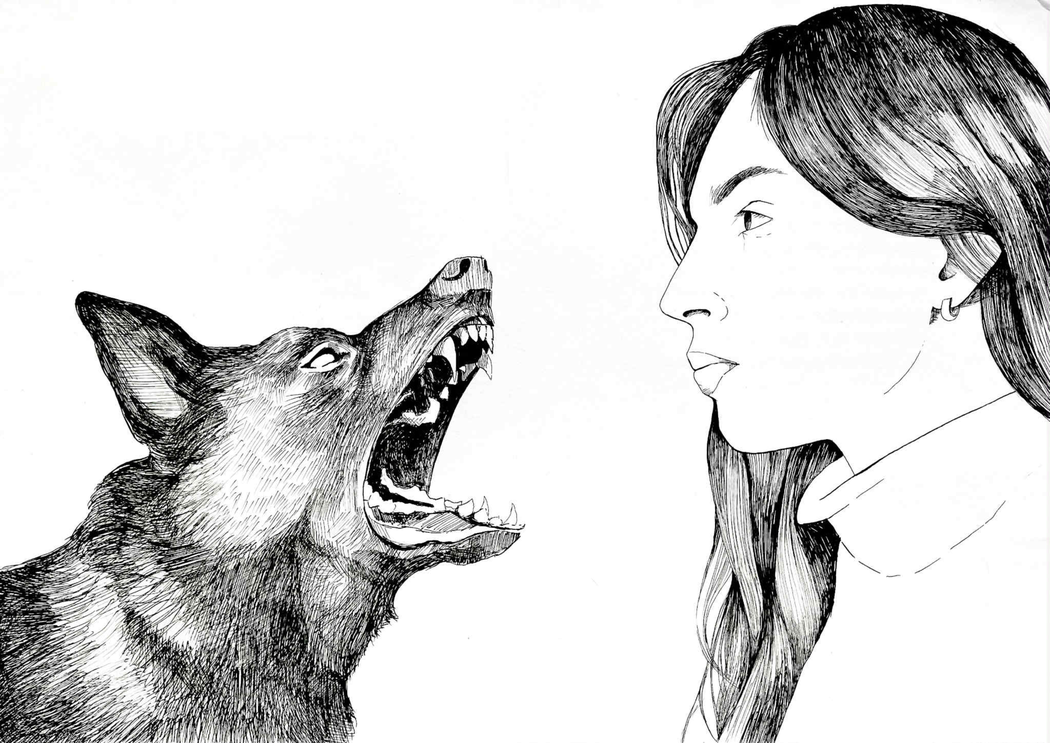
In your self-portraits, you seem to balance vulnerability and strength. How do you approach that tension in your work?
They go hand in hand. Being vulnerable requires the most strength. We live in a world that commends stoicism, seriousness, and pragmatism (which is great), but many people seem to be afraid of their own emotions. Being open and vulnerable is what makes us truly seen, and I would never want to rob myself of experiencing that. I try to approach my visual language with that same honesty, and I hope that people can read all the different emotions that go into these artworks and relate to them.
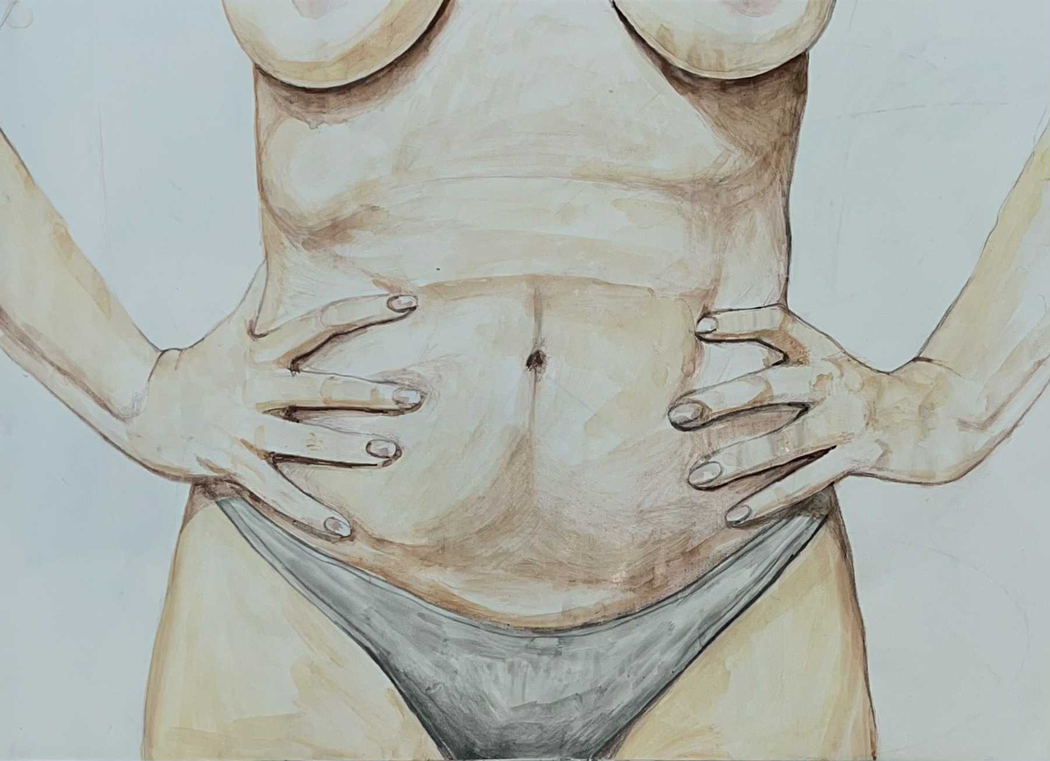
You use both oil painting and ink drawing. How do you choose which medium to work with for a particular idea or emotion?
There are several factors. I like to experiment with different media, as it helps me stay motivated and curious. There is also the question of practicality and space. For example, when I’m working from home, I don’t like using oils because of the fumes, so I turn to sketching and drawing. It also has to do with the price of different materials—I work with what I can afford at the particular moment. But no matter the medium, the starting point is always similar. First, I search for inspiration in books, movies, and the world around me. Then, I sit in front of the blank paper or canvas and really think through what I want to present. The finished product is never identical to the original idea, but that’s the beauty of it.
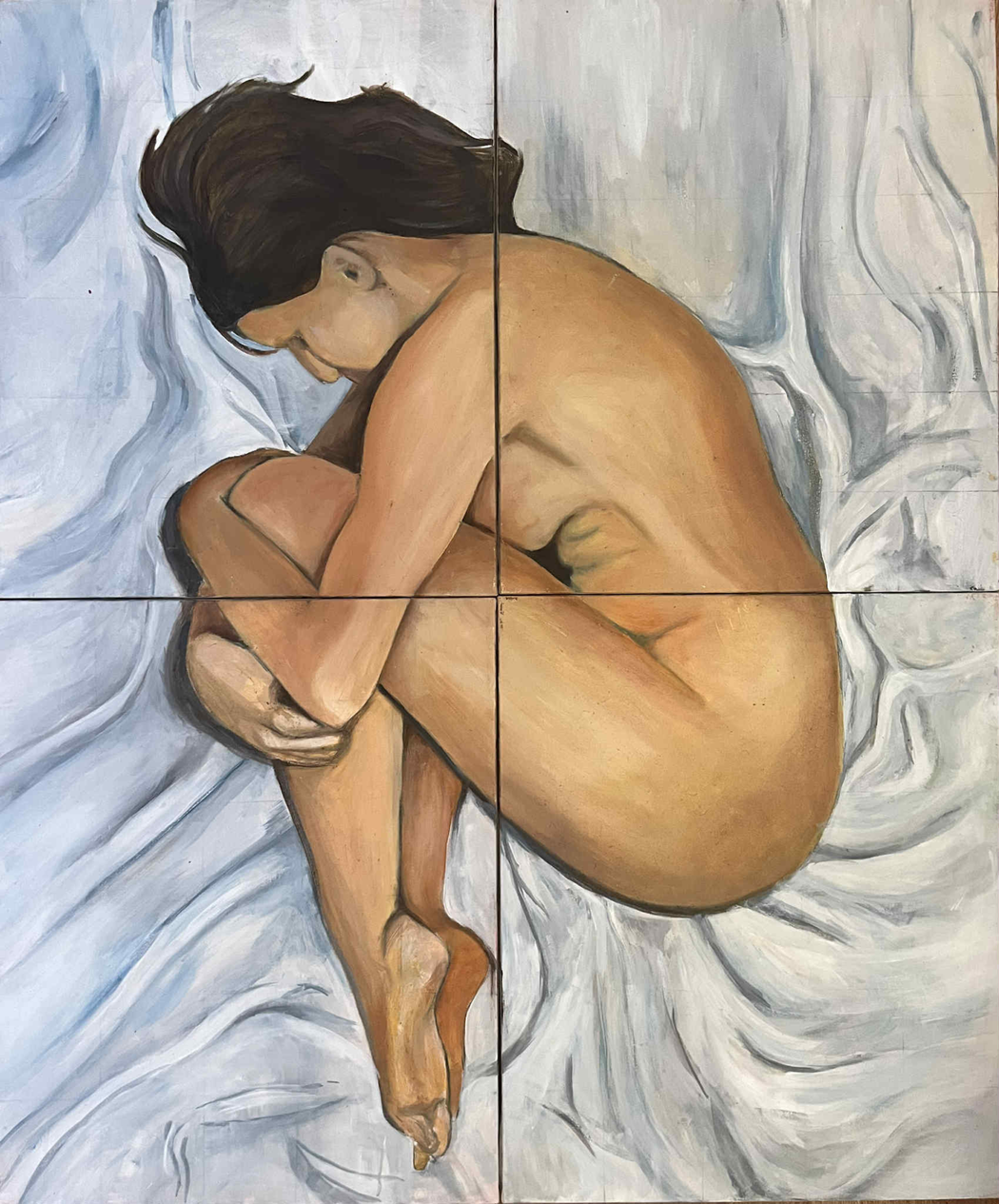
What role does the body play in your visual language, and how has your perception of the body evolved through your art?
In the first two years of my studies, it was mandatory to do live model studies and learn human anatomy. It wasn’t until recently that I realized how significant that practice really was. For me, the human body is one of the most complex subjects in art. It definitely challenged me the most. It is suggestive of human nature and emotion; it is bilateral but never fully symmetrical; and it consists of many parts that have their own movement. While there are some established rules for drawing the human body, every body is unique. Trying to paint my own body as accurately as possible and looking at myself more objectively helped me overcome some insecurities and stop emphasizing them.
Several of your pieces suggest emotional introspection. Is art a therapeutic process for you?
For sure. I enjoy solitary moments of creation. I don’t think the process is relaxing per se, but there is a therapeutic element in feeling the urge to create and express yourself, and then getting that dopamine rush once it’s done. I love thinking about what I’m going to paint, the philosophy and symbolism behind the ideas, and the elements that make a good artwork. It is never finished until I feel satisfied—I love searching for those answers within.
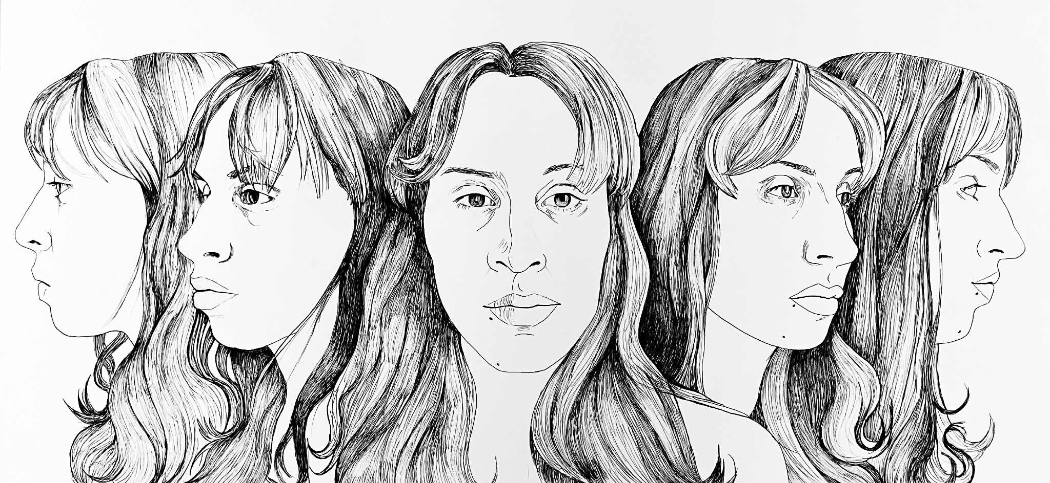
You’ve exhibited in residencies in Prishtina and Sićevo. How did these experiences influence your perspective as an artist?
Lately, I’ve been drawn to expanding my practice beyond the studio. I like workshops and residencies because I find it very beneficial for a young artist to travel, socialize, and connect with others. It’s good to remove yourself from the monotony of everyday life once in a while and surround yourself with unfamiliar people and fresh perspectives. I cherish the memories and connections I’ve made during these experiences, and I will continue to travel and meet new people and cultures in the pursuit of knowledge. I’m grateful these kinds of opportunities still exist for emerging artists.

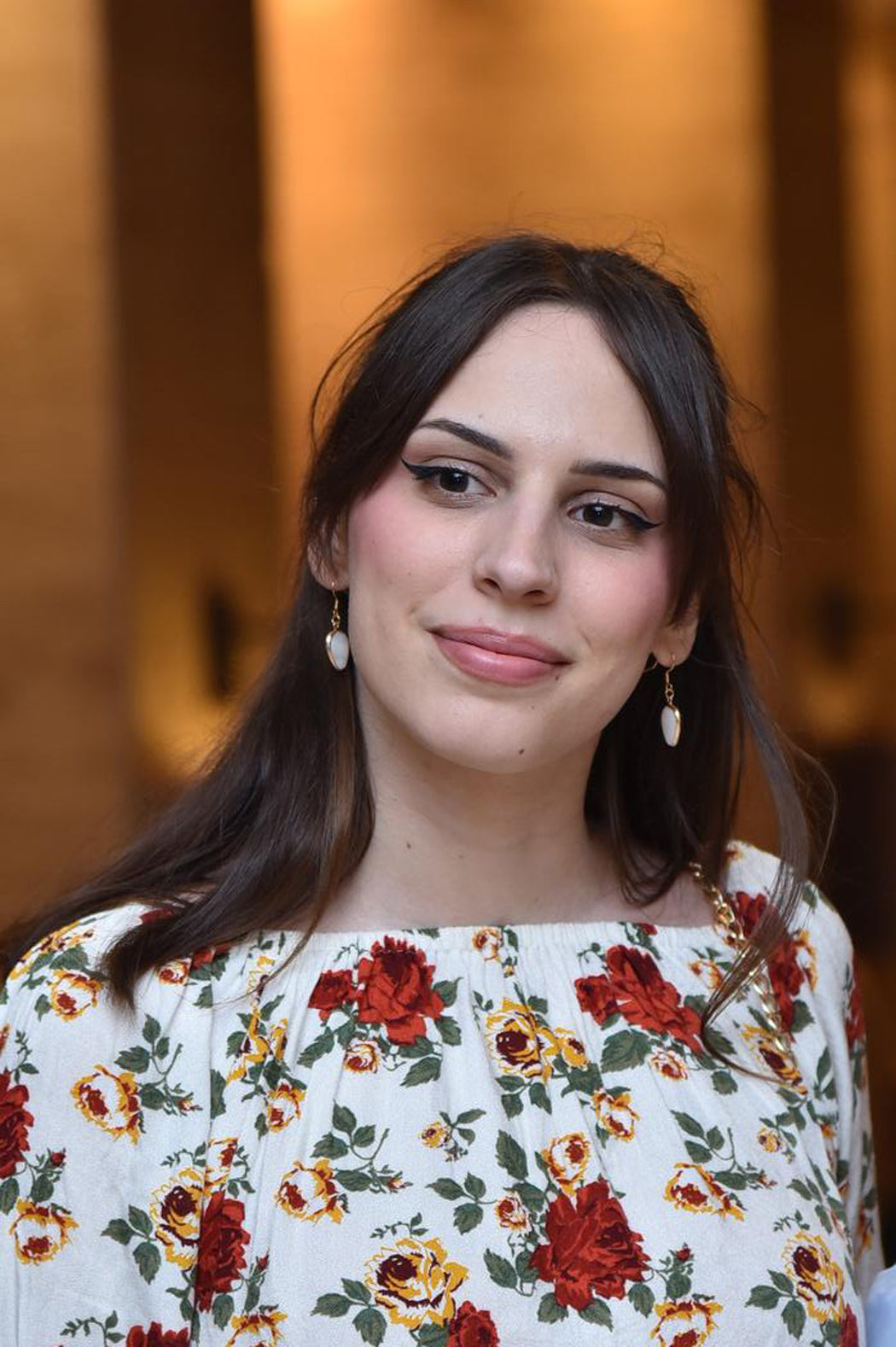
Leave a Reply